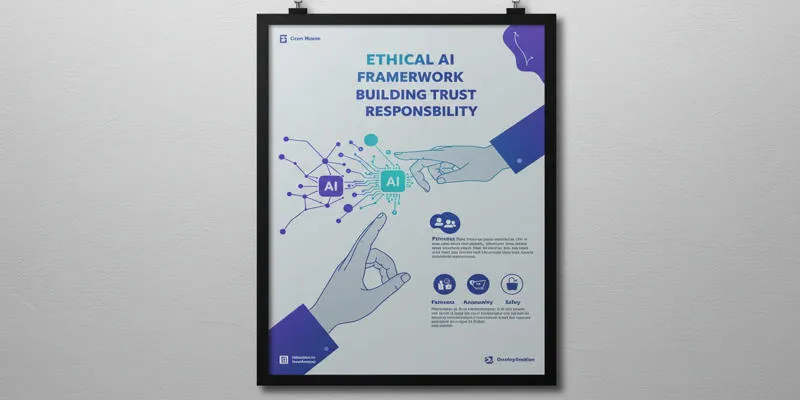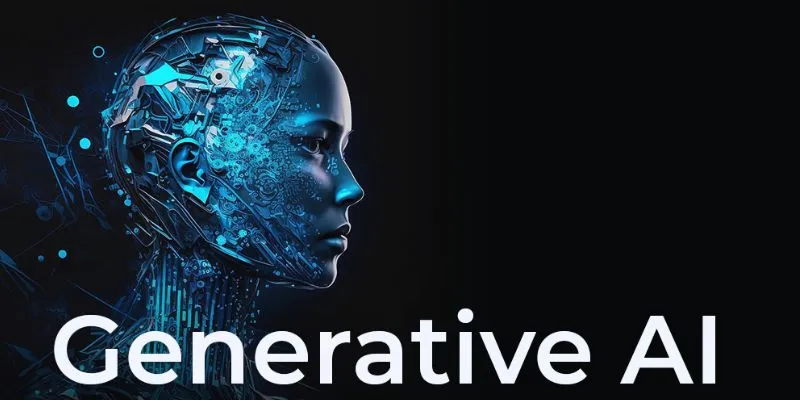Artificial intelligence is transforming the way we live, work, and solve problems. From smart assistants to healthcare tools, AI models are now deeply woven into everyday life. But powering these advanced systems comes at a hidden cost — energy consumption. Large AI models require enormous computing power for training and operation, leading to high electricity use and increased carbon emissions.
As the demand for smarter and faster AI grows, so does its environmental footprint. This raises an important question: How can we make AI more energy- efficient? In this article, we’ll explore the energy consumption of large AI models and possible solutions.
Why Do Large AI Models Consume So Much Energy?
The energy consumption of large AI models comes down to one simple fact — they need to process massive amounts of data to function. The larger the model, the more information it has to handle to recognize patterns, generate content, or make smart decisions. But powering this intelligence isn’t easy — it demands enormous computing resources.
The biggest energy drain happens during the “training” phase, where the AI model learns by analyzing millions or even billions of data points repeatedly. Training a large AI model is not a quick task. It can take powerful machines running nonstop for days, weeks, or even months. These machines rely on energy-intensive hardware such as GPUs (Graphics Processing Units) and TPUs (Tensor Processing Units) specifically built for intensive calculations.
Even after training has finished, the energy requirements do not disappear. During the “inference” phase—when humans leverage AI to question, write text, or identify images—the model still must be powered to respond. Any user interaction incurs energy.
As AI technology evolves, models are becoming more advanced with extra layers of artificial neurons, larger datasets, and increasingly sophisticated algorithms. While this growth brings smarter results, it also drives energy use higher than ever before.
The Environmental Impact of AI’s Energy Use
The energy consumption of large AI models has raised serious concerns about their environmental impact. Most electricity in the world is still produced from fossil fuels, which release greenhouse gases when burned. This means that the energy-hungry nature of large AI models indirectly contributes to carbon emissions and climate change.

A recent study showed that the carbon footprint of training a large AI model could be as high as several tons of CO2 emissions. This is comparable to the lifetime emissions of several cars. These numbers highlight the pressing need to address the environmental cost of developing and using AI systems.
Furthermore, the energy consumption of large AI models is not limited to a single event. Many companies regularly retrain their models to improve accuracy or adapt to new data. This retraining cycle further increases energy use over time.
Another factor contributing to the environmental challenge is the growing popularity of AI across different industries. From healthcare to finance, companies are adopting AI solutions at an increasing rate. As more organizations use AI-driven tools, the combined energy demand rises, leading to higher carbon footprints globally.
Efforts to Reduce the Energy Consumption of Large AI Models
The growing energy consumption of large AI models has not gone unnoticed. In fact, many researchers and technology companies are now working hard to tackle this problem without sacrificing the power and performance of AI systems.
One key solution lies in building smarter algorithms. Developers are focused on creating models that can learn faster and process data more efficiently. By reducing unnecessary calculations, these energy-friendly algorithms help reduce the electricity required during the training process.
Hardware innovation is another area that is making a real difference. Tech giants like Google, NVIDIA, and Microsoft are designing advanced processors built specifically for AI tasks. These chips offer better performance while consuming less power, making them more suitable for large-scale AI operations.
Cloud computing has also emerged as a practical energy-saving strategy. Instead of running AI models on individual devices, companies use energy- optimized data centers powered by renewable energy. These facilities often feature advanced cooling systems and resource-sharing designs that minimize energy waste.
Another promising approach is model compression. This technique shrinks the size of AI models, allowing them to use less energy during both training and operation while maintaining accuracy.
Finally, there’s a push for greater transparency. Many companies are now being urged to disclose the energy consumption and carbon footprint of their AI models, helping users and businesses make more eco-conscious choices.
The Future of AI and Sustainable Energy Practices
The future of AI depends on how well the industry balances innovation with environmental responsibility. As the energy consumption of large AI models continues to rise, adopting sustainable energy practices has become essential. One promising approach is using renewable energy sources like solar, wind, and hydroelectric power to run data centers and AI training facilities. Many leading tech companies are already moving toward carbon-neutral operations using 100% clean energy.

Another key solution is creating more energy-efficient AI systems. Developers are now focusing on building smaller models, writing optimized code, and using specialized hardware that consumes less power. The concept of “green AI” is also gaining attention, with research dedicated to making powerful models that require less energy.
Raising awareness about AI’s environmental impact is equally important. As more organizations understand the energy demands of large AI models, they are likely to adopt better practices. In the end, the future of AI will not just be about smarter technology but also responsible innovation.
Conclusion
The energy consumption of large AI models is becoming a serious environmental concern. While these models offer advanced solutions across industries, their high energy demands contribute to increased carbon emissions. However, the future of AI can align with sustainability. By developing smarter algorithms, using energy-efficient hardware, and adopting renewable energy sources, we can reduce AI’s environmental impact. Striking a balance between technological innovation and environmental responsibility is essential to ensure AI progress supports a healthier, more sustainable planet.
 zfn9
zfn9






















